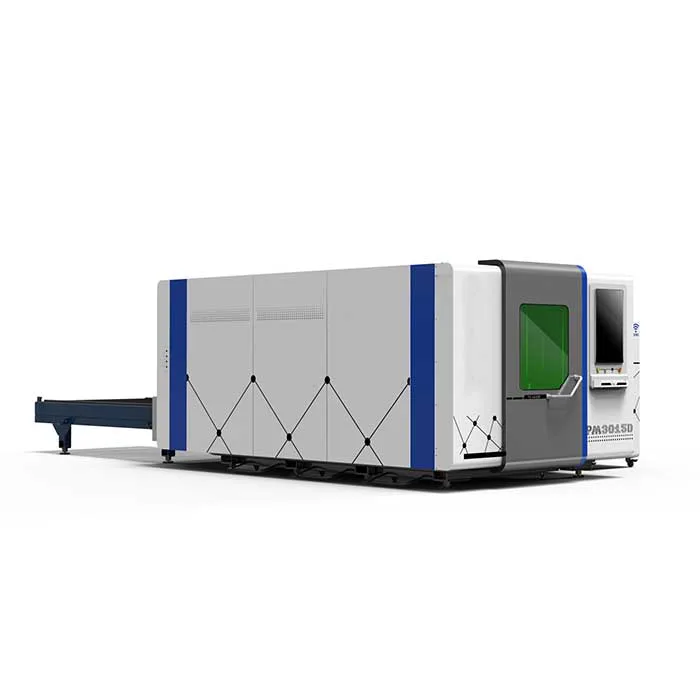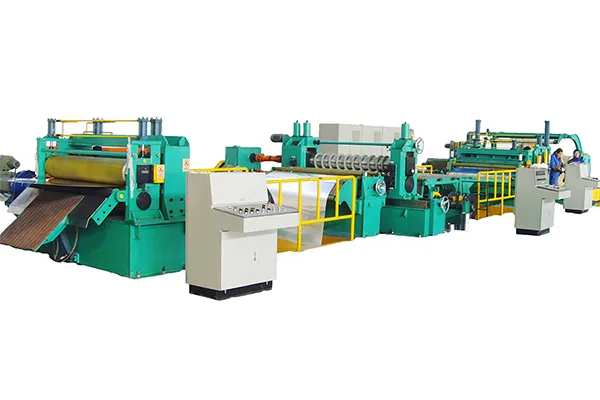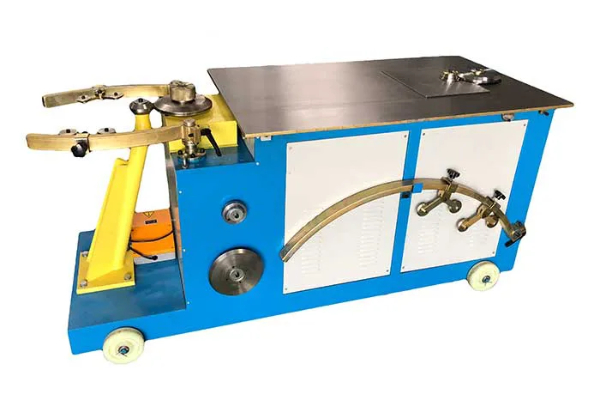
Tips for Achieving Precision Cuts with Your Steel Laser Cutter Machine
- By:Metmac
- 2024-07-08
- 195
In the realm of metalworking, precision is paramount. When it comes to cutting steel with a laser cutter machine, achieving accurate and intricate incisions is essential for delivering high-quality results. Here’s a comprehensive guide to help you unlock the full potential of your laser cutter and produce pristine cuts with surgical-like precision.
1. Calibrate Your Machine
The foundation of precision cutting lies in a well-calibrated machine. Ensure that the laser beam is properly aligned and focused. Misalignment can lead to uneven cuts and compromised accuracy. Regularly inspect mirrors, lenses, and beam alignment devices to maintain optimal performance.
2. Choose the Right Steel Type
Different types of steel possess varying properties that affect laser cutting. Consider the material’s thickness, composition, and surface finish. Thicker steel requires higher power settings, while alloys can influence beam absorption and edge quality. Optimize your parameters for the specific steel you’re working with.
3. Optimize Laser Power and Speed
The laser’s power and speed play a crucial role in achieving precise cuts. Too high power can result in excessive heat buildup, causing distortion and dross. Conversely, low power may lead to incomplete cuts. Experiment with different settings to find the optimal balance between speed and precision.
4. Control Cooling and Assist Gas
Laser cutting generates heat, which can negatively impact cut quality. Utilize a cooling medium, such as water or gas, to dissipate heat effectively. Assist gases, like nitrogen or oxygen, can minimize oxidation and improve edge smoothness.
5. Avoid Dross and Burrs
Dross, a solidified material that adheres to cut edges, can compromise precision. Burrs, raised material along the cut, can also disrupt fit and appearance. Utilize appropriate cutting techniques and post-processing methods to minimize dross and burrs.
6. Consider Piercing and Kerf
When piercing through the steel, the laser may create a wider opening than the desired cut width. Allow for this “kerf” when designing your cuts to ensure accuracy. Piercing techniques, such as tapers or pre-drilling, can minimize kerf size.
7. Utilize Software CAM
Computer-aided manufacturing (CAM) software allows you to program complex cut paths with precision. Use CAM software to import designs, simulate cutting operations, and generate toolpaths that optimize cut quality and minimize waste.
By following these tips, you can unlock the true potential of your steel laser cutter machine and achieve precision cuts that surpass industry standards. From intricate designs to demanding industrial applications, your machine will become an invaluable tool for delivering exceptional results every time.
-
Mastering Form and Force: A Guide to Modern Metal Plate Bending Machines
2025/12/16 -
Demystifying Sheet Metal Laser Cutting Machine Price: The METMAC Value Perspective
2025/12/16 -
Metal Sheet Machinery: The Engine of Modern Fabrication and the METMAC Advantage
2025/12/16 -
Beyond the Bend: The Power and Precision of the Modern Sheet Profile Machine
2025/12/16
-
Advanced Sheet Metal Rolling, Laser Cutting, and Folding Machines for Precision Fabrication
2025/10/31 -
High-Performance Sheet Metal Bending and Cutting Machines for Modern Fabrication
2025/10/31 -
High-Quality Sheet Metal Equipment for Sale: Efficient Solutions for Modern Manufacturing
2025/10/31 -
High-Performance Sheet Metal Equipment for Sale: Forming and Shearing Solutions for Modern Fabrication
2025/10/22
-
A Guide to the Latest Innovations in Sheet Metal Folding Machines
2024/11/29 -
Key Features to Consider When Investing in a Sheet Metal Folding Machine
2024/11/28 -
Enhancing Precision with Advanced Sheet Metal Folding Machines
2024/11/27 -
How to Choose the Right Sheet Metal Folding Machine for Your Workshop
2024/11/26







